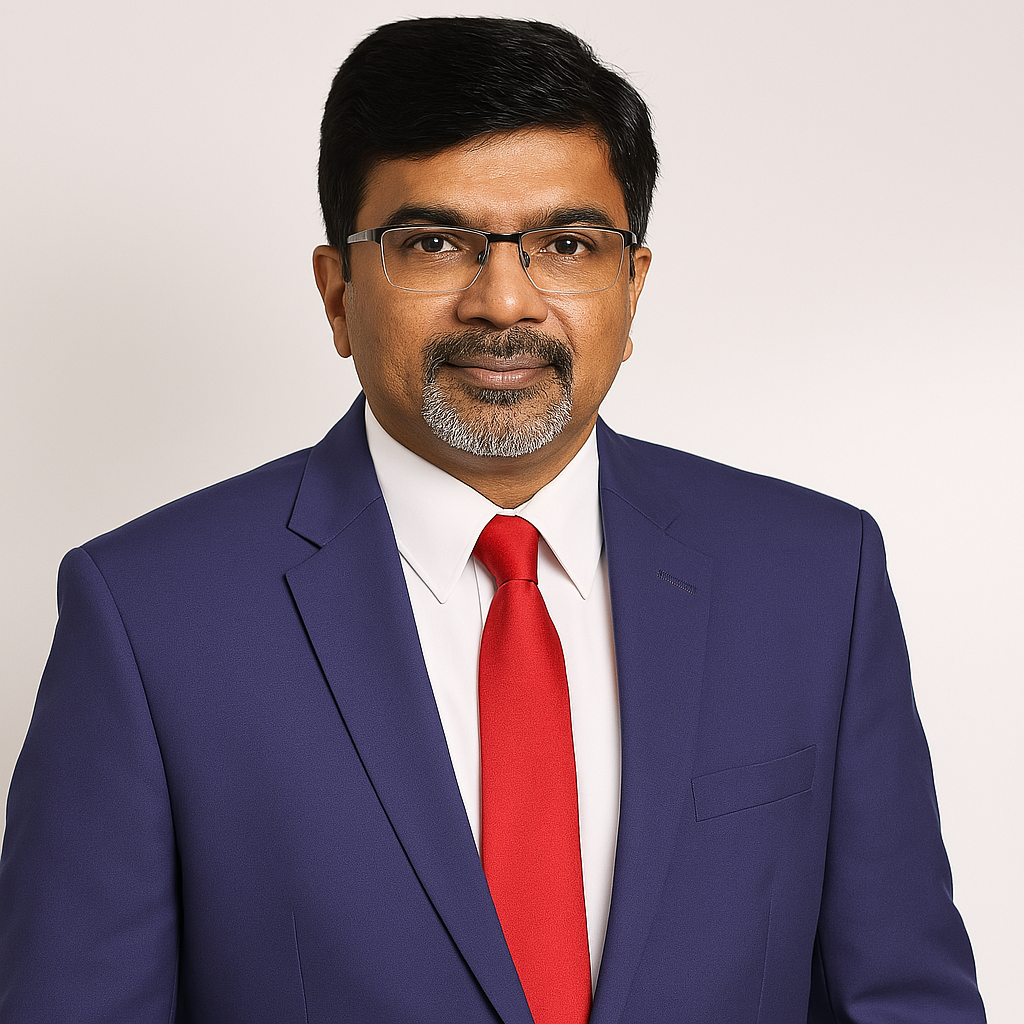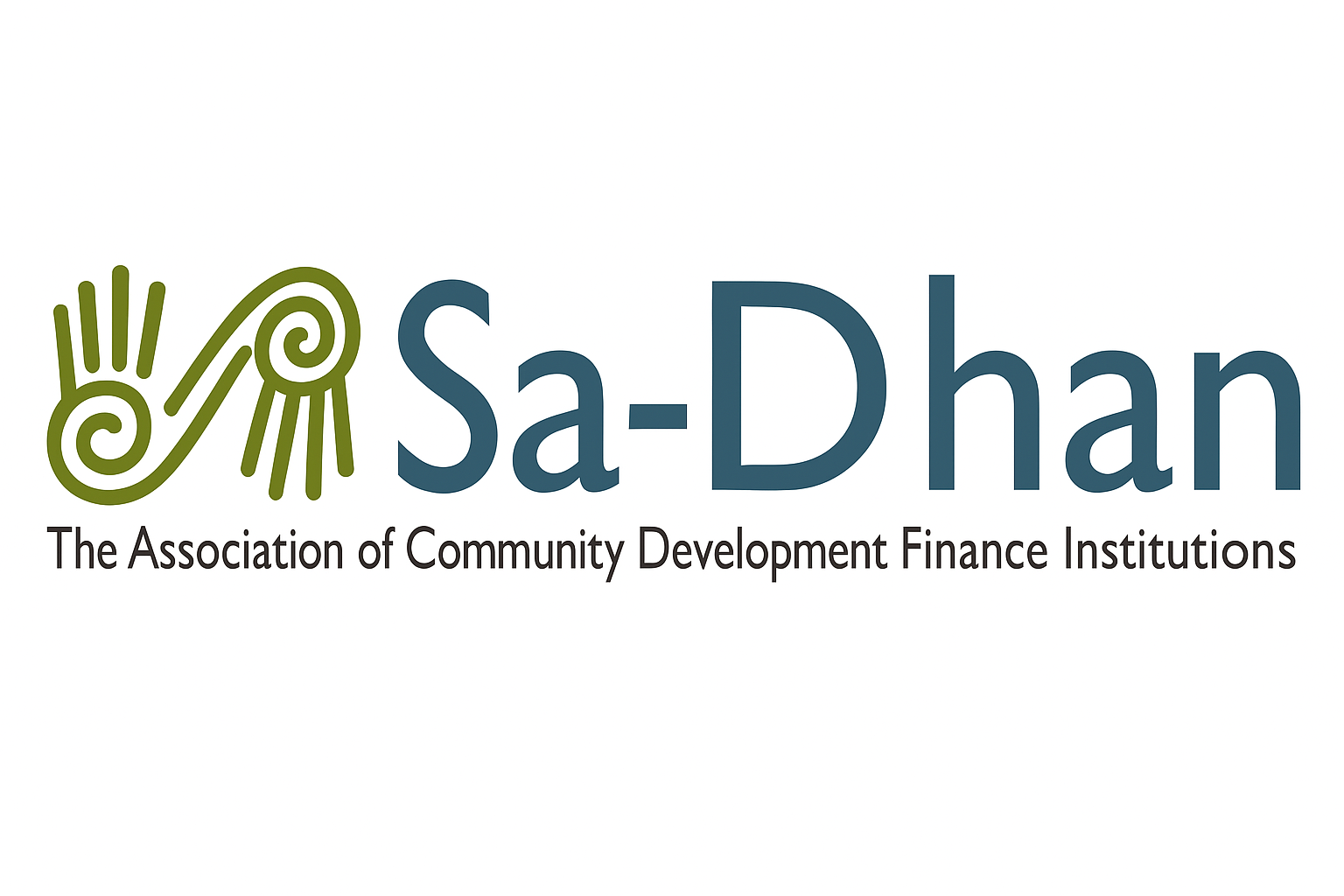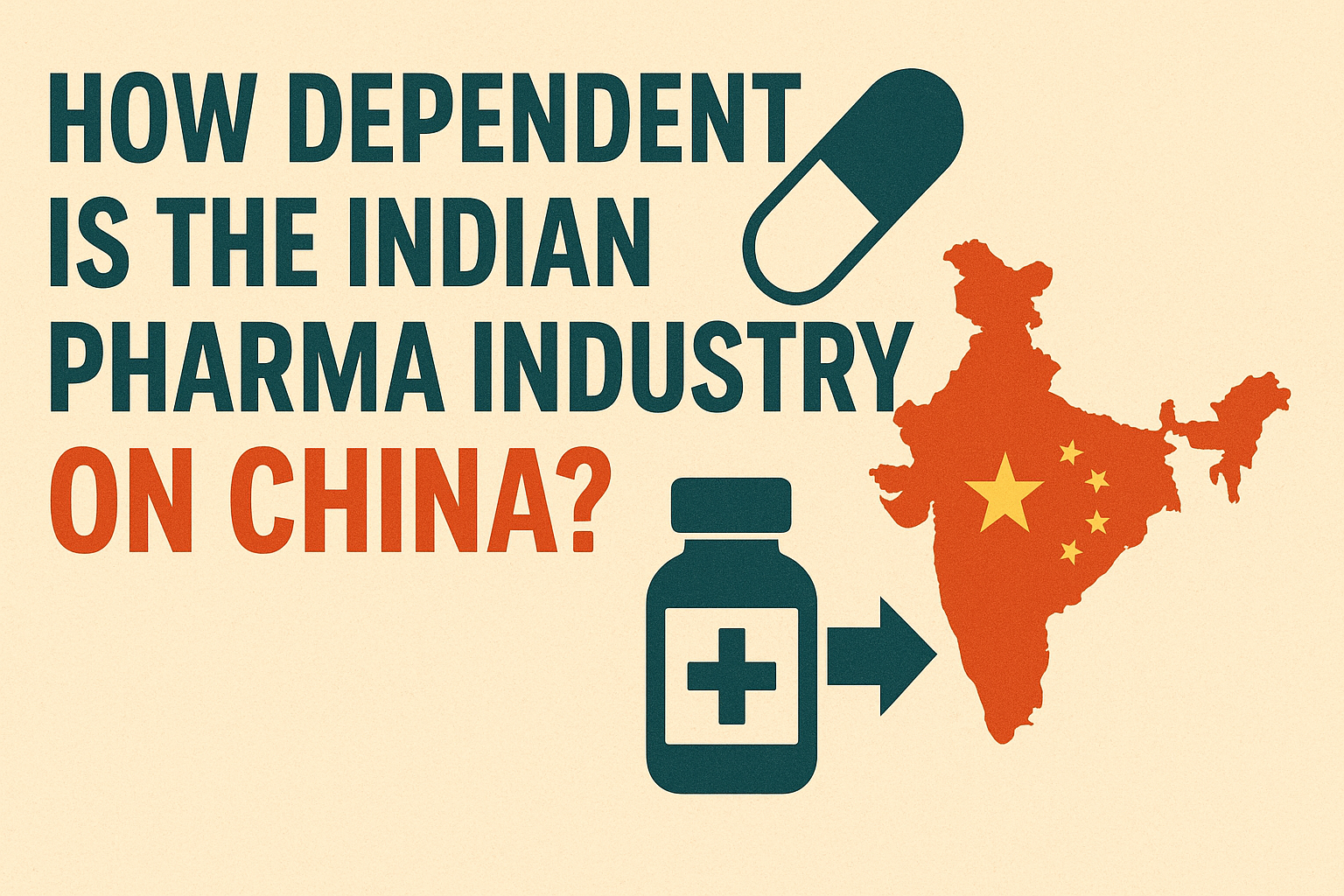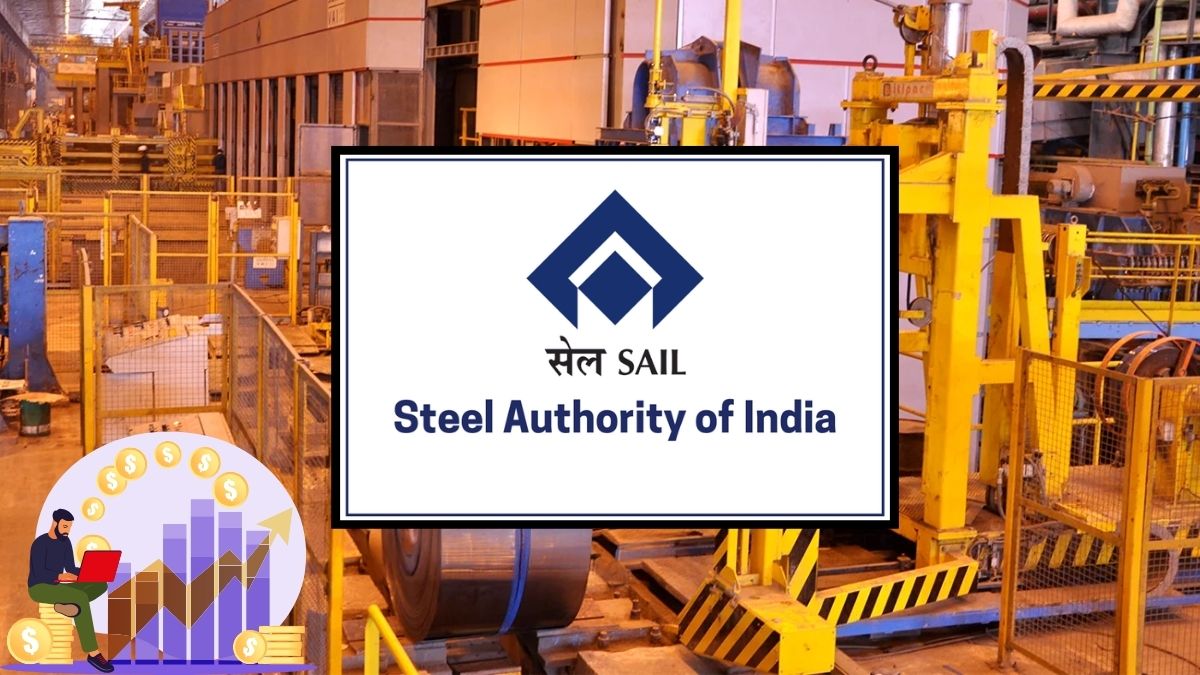After facing a turbulent period marked by tightening liquidity, high delinquencies, and limited credit access, India’s microfinance industry may finally be on the path to recovery. Jiji Mammen, CEO and Executive Director of Sa Dhan, the self regulatory organization for microfinance institutions, has shared an optimistic outlook for the sector, predicting that business momentum will return within the next one to two quarters.

This confidence stems from a series of regulatory and structural improvements that are beginning to take shape. One of the most significant shifts has come from the Reserve Bank of India, which recently reduced the qualifying asset requirement for MFIs from 75 percent to 60 percent. This relaxation allows MFIs to lend to a broader segment of the population and to design new, more profitable lending products. It also frees them from earlier limitations that often narrowed their outreach and product design capabilities.
Additionally, the RBI has made adjustments to risk weightage requirements, creating more favorable lending conditions. These changes are expected to ease some of the stress that MFIs have been experiencing with asset quality and will likely contribute to a better lending environment. The industry’s loan disbursement figures have taken a hit recently, dropping by over 25 percent in the last financial year to reach a total of just over one lakh crore rupees. However, according to Mammen, this is a temporary dip, and initial signs of progress in indicators such as portfolio at risk over thirty days suggest a gradual normalization.
Asset quality deterioration in recent months has been attributed to a range of external factors. These include adverse weather events that disrupted incomes in rural areas, uncertainties caused by the recent general elections, and disruptions in loan recovery processes due to policy interventions in some states. While legislation like the Tamil Nadu Money Lending Entities Bill raised concerns, Mammen clarified that it has not directly impacted MFI operations within the state.
A key concern that persists is the challenge of accessing credit, especially for smaller and mid sized microfinance lenders. In the previous financial year, overall debt funding to MFIs declined sharply by nearly 36 percent. Banks continued to remain the dominant source of borrowing, contributing over 78 percent, with non bank lenders making up a distant second. Mammen emphasized that the sector urgently needs diversified and affordable funding sources. He called on the government and the central bank to facilitate mechanisms that enable better credit flow to the microfinance sector, particularly to smaller players who are often underserved by large institutional lenders.

Another positive development is the recent reduction in policy rates and the cash reserve ratio, both of which are expected to ease the cost of borrowing for MFIs. This will allow them to access funds at more competitive rates and pass on the benefits to end borrowers through more affordable microcredit products.
As the sector prepares to move past this period of strain, the focus will increasingly shift to product innovation, expanding borrower segments, and improving borrower education. MFIs are likely to invest in new digital technologies and more agile customer service models to reach underserved populations across both rural and urban India.
The road ahead is not without challenges, but with supportive policy moves, improved credit access, and rising optimism within the industry’s leadership, microfinance institutions may soon return to a stronger and more sustainable growth path.
Follow You Finance on Instagram and Facebook for the latest updates on the Indian lending sector, personal finance insights, and what these changes mean for your wallet and future planning.















